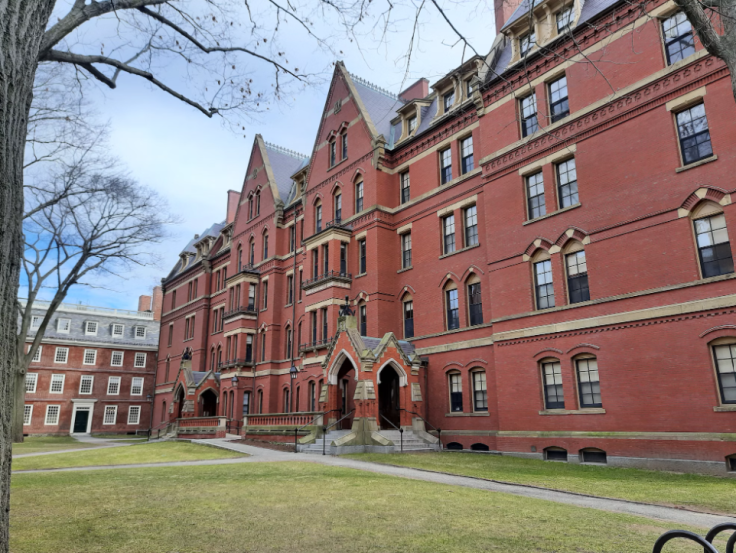College, often touted as the gateway to success, comes with a hefty price tag that continues to surge annually. The financial commitment is staggering, and the seemingly exorbitant tuition costs make prospective students and their families pause.

According to the U.S. News and World Report, the average tuition and fees at private colleges reached a jaw-dropping $39,723 for the 2022-2023 academic year.
However, it's crucial to understand that the advertised "sticker prices" for colleges are not reflective of what the average student ends up paying. Princeton University serves as a striking example - with an advertised tuition and fees of $56,010 for the 2021-2022 school year, students paid an average of $16,562 after need-based financial aid, according to U.S. News and World Report.
The Most Expensive Private Colleges
While students rarely pay the full sticker price, it's essential to acknowledge the intimidating figures attached to some of the most expensive private colleges in the United States.
1. Kenyon College (Ohio) - $66,490
2. Franklin & Marshall College (Pennsylvania) - $65,844
3. Tufts University (Massachusetts) - $65,222
4. Brown University (Rhode Island) - $65,146
5. Colorado College - $65,028
6. Vassar College (New York) - $64,800
7. University of Southern California - $64,726
8. Colgate University (New York) - $64,290
9. Boston College (Massachusetts) - $64,176
10. Amherst College (Massachusetts) - $64,100
These figures, however staggering, do not encompass additional costs such as room and board or other living expenses. For instance, Kenyon College, the most expensive on this list, reports total charges exceeding $80,000 for students residing in its dormitory facilities.
The Least Expensive Private Colleges
For those inclined towards private education without breaking the bank, there are options that offer a more budget-friendly approach.
1. Boricua College (New York) - $6,025
2. Brigham Young University (Utah) - $6,304
3. Stillman College (Alabama) - $11,392
4. Tougaloo College (Mississippi) - $11,398
5. Voorhees College (South Carolina) - $12,630
6. National University (California) - $13,320
7. Allen University (South Carolina) - $13,540
8. Talladega College (Alabama) - $13,571
9. Virginia Union University (Virginia) - $14,230
10. Alice Lloyd College (Kentucky) - $14,250
These institutions showcase that private education need not always come with an astronomical price tag.
Understanding Public College Costs
While public colleges generally offer a more affordable alternative to private institutions, costs can still vary significantly based on residency status. According to U.S. News and World Report, the average sticker price in-state for a public college is $10,423 for the 2022-2023 school year. Out-of-state students face a higher average sticker price of $22,953.
The decision to attend college, a pivotal step towards personal and professional growth, is undeniably influenced by financial considerations. Prospective students and their families must navigate the complex landscape of tuition costs, understanding that advertised prices often do not reflect the actual financial burden.
It's imperative for students to explore financial aid options, scholarships, and grants to mitigate the impact of soaring tuition costs. Moreover, considering the broader picture, including room and board expenses, is crucial in making informed decisions about the true cost of attending college.
While the rising tide of college costs may seem overwhelming, strategic planning, financial literacy, and exploration of cost-effective options can pave the way for a more affordable and accessible higher education experience. As students embark on their academic journey, they must equip themselves with the knowledge needed to navigate the intricate web of college finances, ensuring a brighter future without drowning in student loan debt.
RELATED ARTICLE: How Much Does It Cost To Study In The US?
© 2025 University Herald, All rights reserved. Do not reproduce without permission.








